In Stuttgart a small Jewish community existed initially in the Middle Ages: 1343 the Jew Loew is mentioned, who held an important position under Count Ulrich III. The persecution of Jews during the plague period destroyed the small community in November 1348. A few decades later (since 1393) Jews are again mentioned in the city, now residing in St. Leonhard's suburb. In 1488/98 the Stuttgart Jews were expelled. Since the end of the 14th century the Jewish settlement was in today s Brennerstrasse. No traces of this medieval community have survived.
Under Duke Frederick I, Jewish merchants of Gabrieli & Co. were admitted to Stuttgart in 1598. Despite the objection of the estates and the court preacher, Gabrieli and seven comrades were admitted to Stuttgart. However, when they established a prayer room a great agitation arose, so that the duke decided to assign Gabrieli the town of Neidlingen as a place of residence. There the enterprise was not viable, Gabrieli and comrades left after three months and settled with better success in Lorraine.
The emergence of the modern municipality of Stuttgart dates back to the beginning of the 18th century. As at almost all princely courts in Europe, so-called court Jews and court actuaries had also found employment in Stuttgart. In 1832 a new community could be founded, which in the course of the following decades took a tumultuous development. By 1925/33, the number of Jewish inhabitants of Stuttgart was to grow to about 4,500 people, only to decline slowly at first and then more and more rapidly as a result of the seizure of power by the National Socialists in 1933.
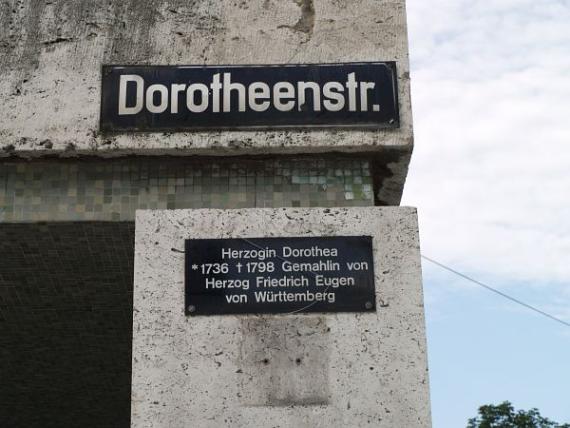

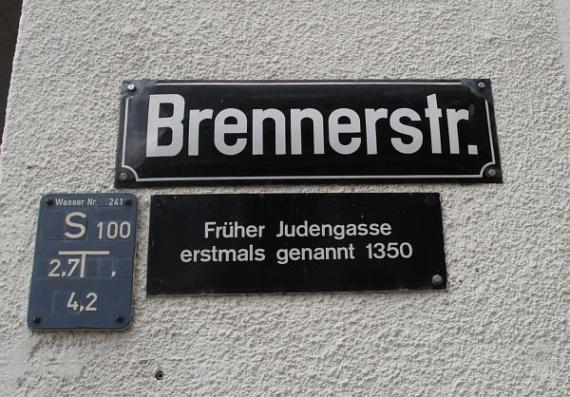
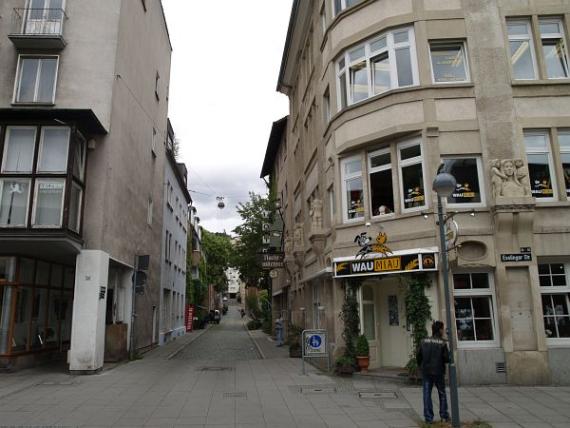
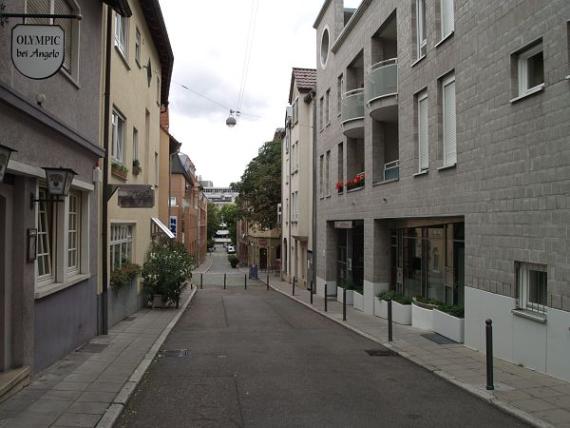
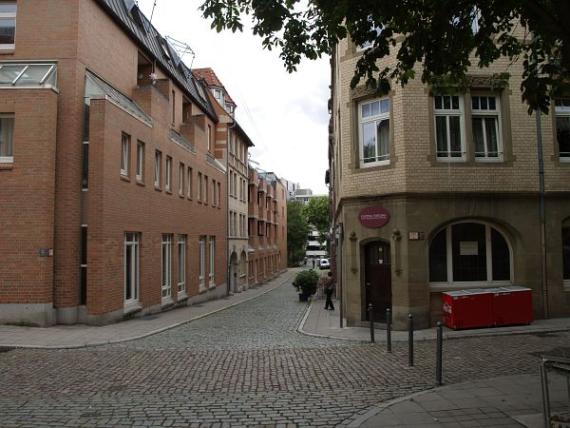
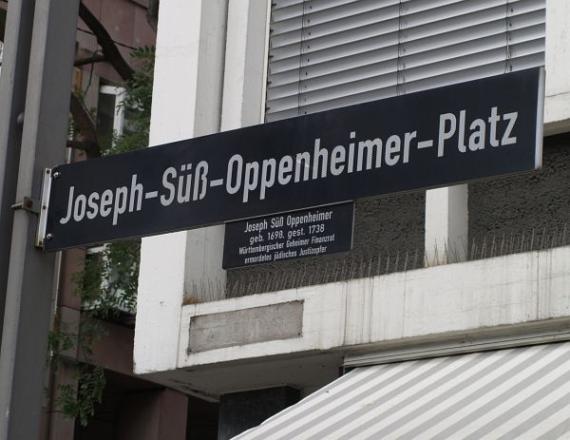
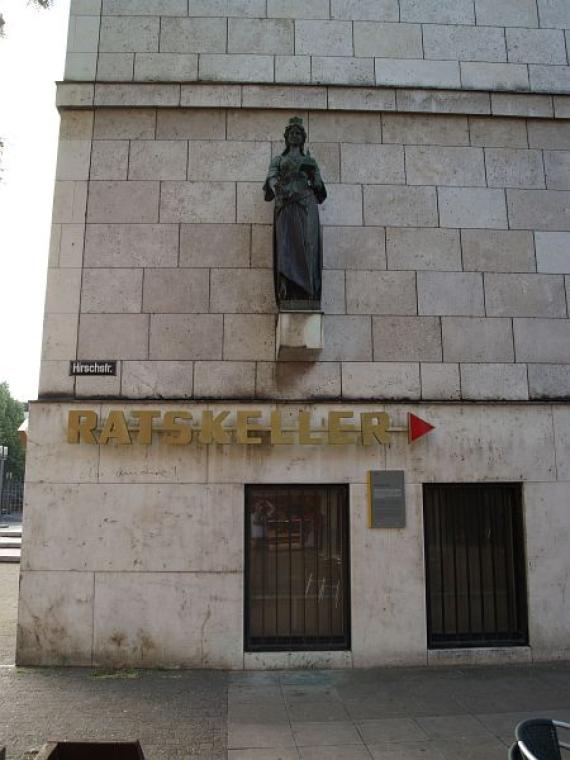
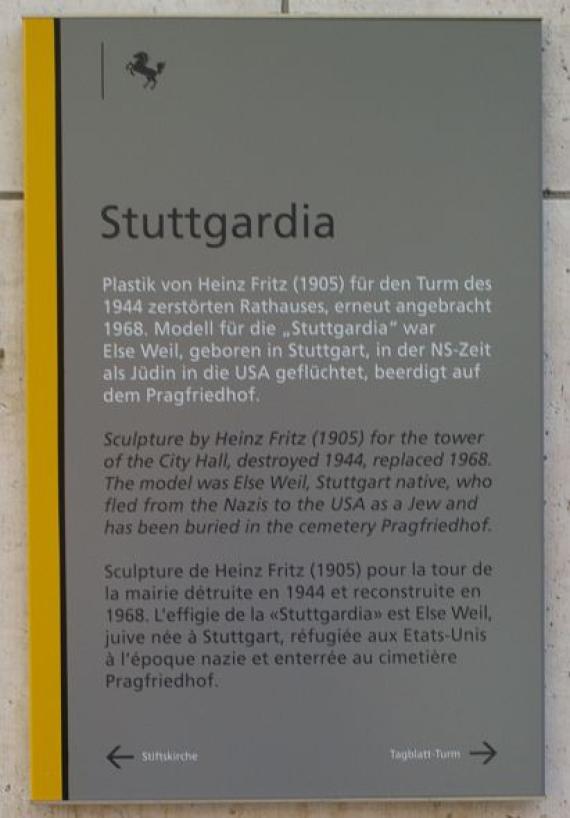
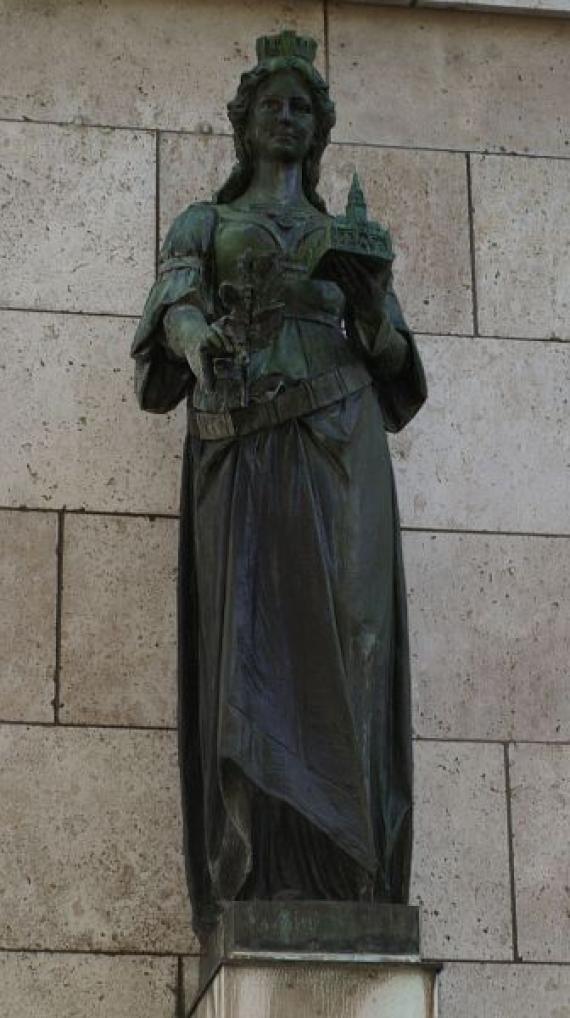
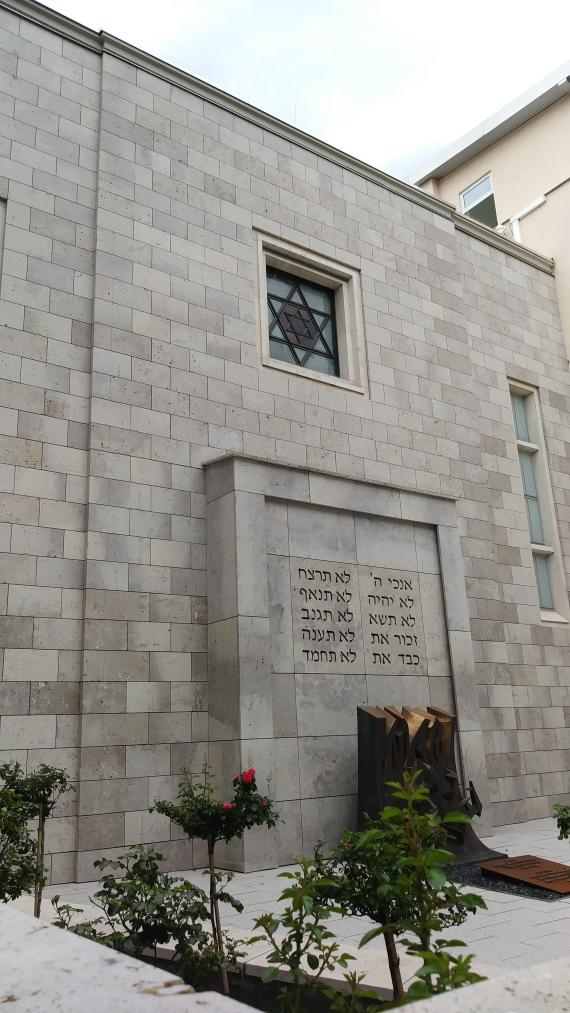
Add new comment